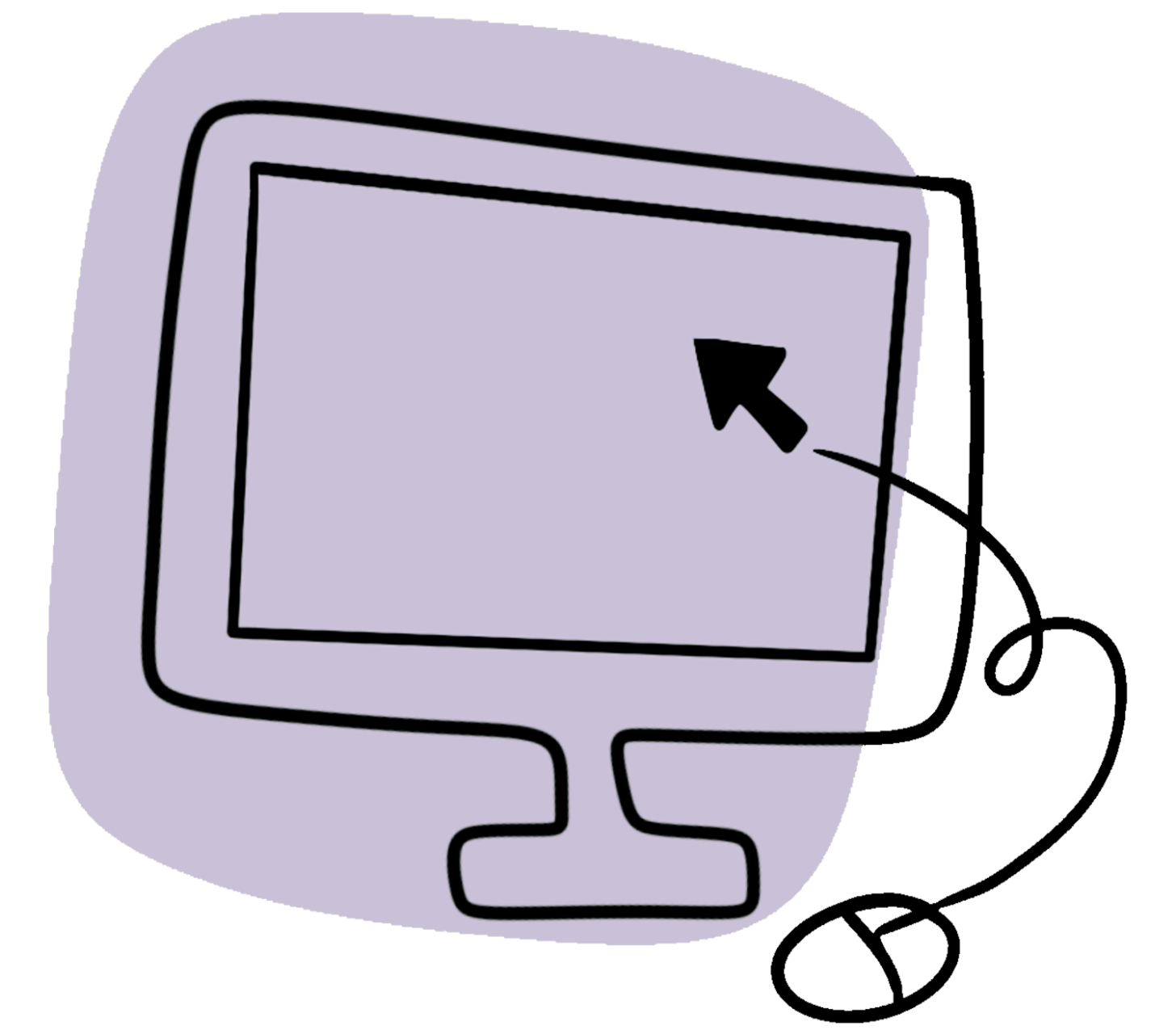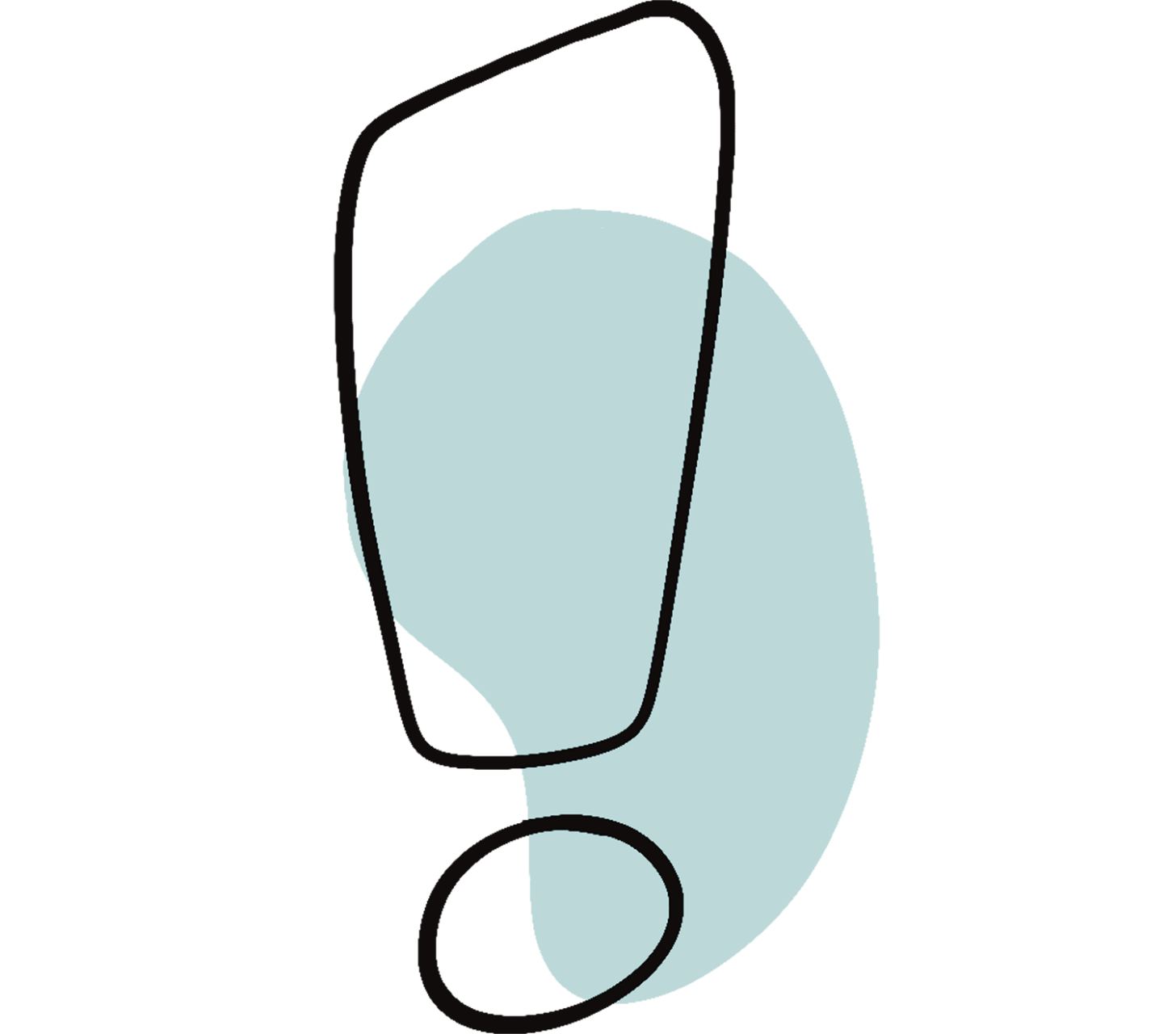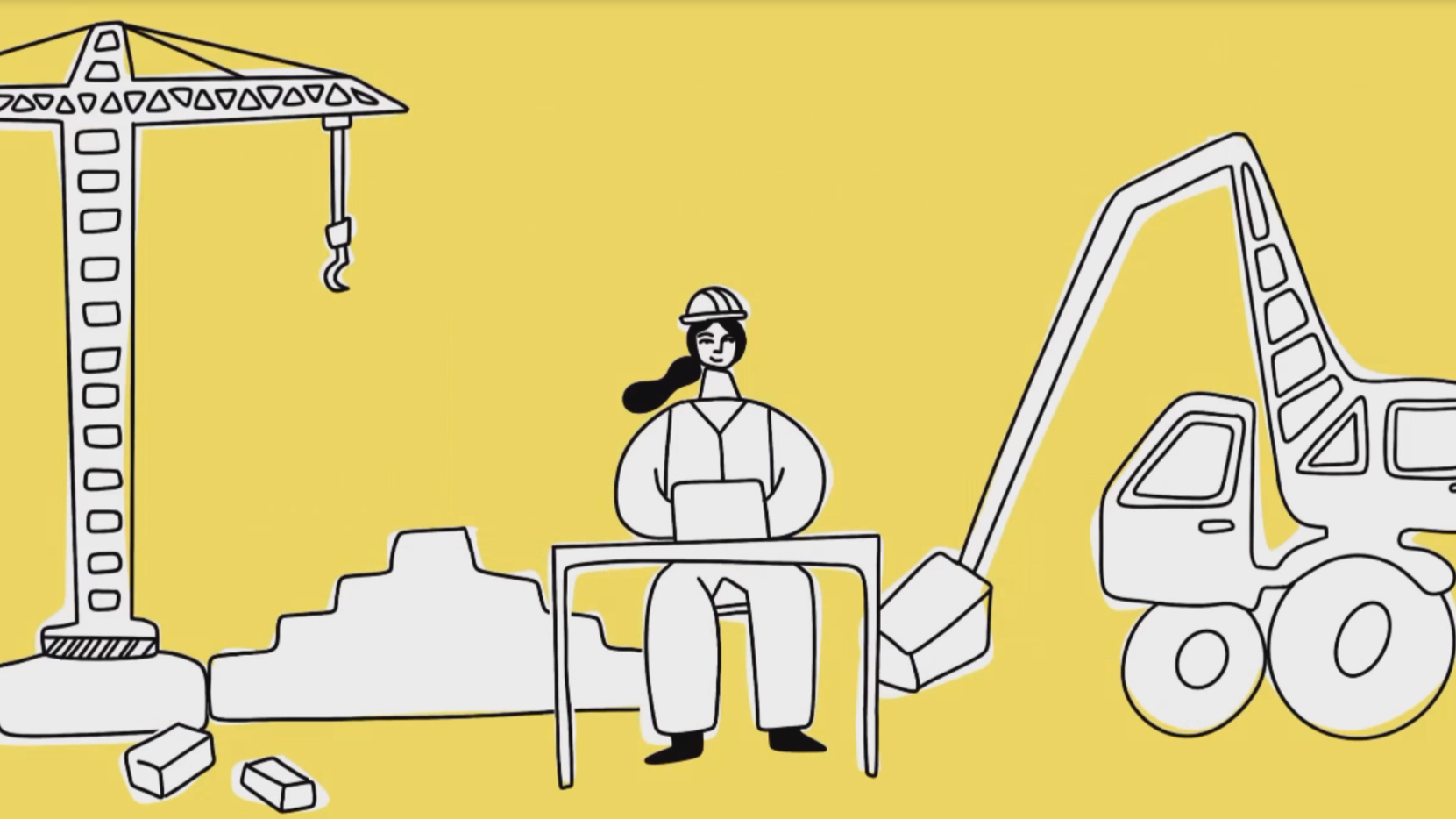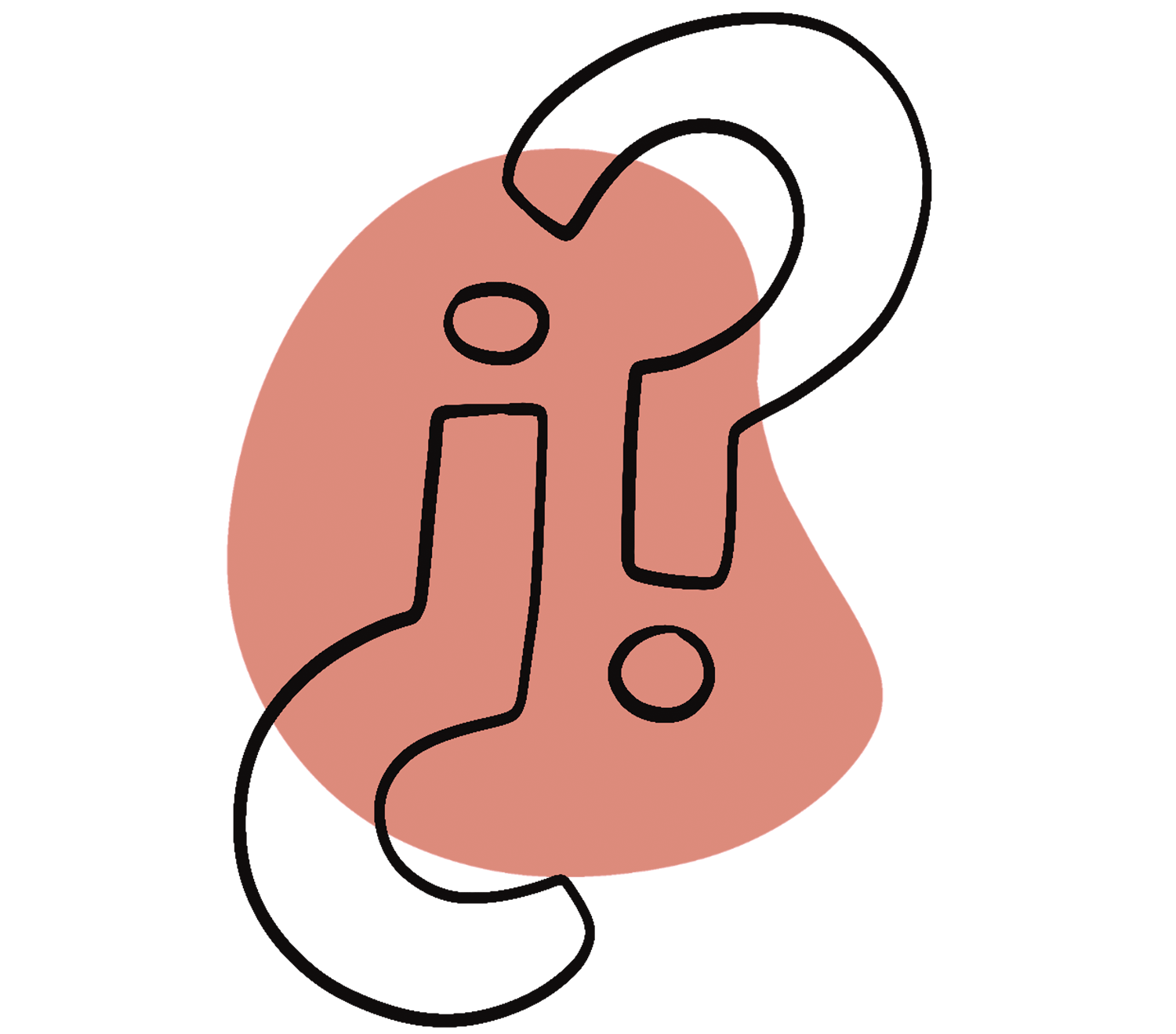
The introduction should lead to your topic. As a starting point, present the initial situation, for example by naming a current research problem to which your investigations relate, or by giving a specific case study that illustrates a problem. The introduction clarifies the aim of your paper and shows your approach.

An important role is also played by the framework conditions under which your research takes place:
- Which test facilities are available to you?
- When and how can you use certain facilities?
- Special delivery and related waiting times for materials used should also be included in this section.
The introduction can already briefly describe the methodological approach or reconstruct the current state of research. In such a case, it may be advisable to divide the introduction into further sections.

The writing style should be generally understandable, i.e., technical terms should be used sparingly, and mathematical formulas should be (largely) avoided. People who have not studied your field should also be able to understand what you have been working on for half a year after reading the introduction.
Avoid these common mistakes in your introduction:
- The objective of the paper is not mentioned in the introduction.
- The introduction makes it clear that the topic is too broad, without clarifying that only a partial aspect is being addressed.
- The introduction consists of too many elements that do not fit together.
- The introduction contains elements that belong in the main body of the paper. The introduction should only introduce the content that will be discussed in detail in the main body.
- The technical context and the relevance of the question are not evident.
- The introduction only explains the further structure of the paper – this is already visible in the table of contents.
- The introduction lacks motivation: Why was this paper written with exactly this objective?
- If you wrote your paper in cooperation with a company: The company is presented in too much detail, and the company description reads like an advertisement.
Introduction
The electric vehicle manufacturer Rivian Automotive from Irvine, California, was listed on the American Nasdaq stock exchange on November 10, 2021. Founded in 2009, the company reached a market capitalization of USD 143 billion within a few days due to an increase of well over 25%. This made the company the second most valuable American car manufacturer in mid-November 2021 – behind Tesla, also an electric vehicle manufacturer. Car manufacturers such as VW, General Motors, and Ford, which originated in the production and development of vehicles with combustion engines, appear uninteresting compared to the electric start-up with its electrically powered pickups. [1] [2]
Following the trend towards electrically powered vehicles, not only newcomers Rivian and Tesla but also well-known car manufacturers such as Audi, BMW, Citroën, Fiat, Dacia, Ford, VW, Nissan, Honda, Hyundai, Jaguar, Daimler, KIA, Lexus, Opel, Peugeot, Porsche, Skoda, Toyota, and Volvo are adding partially or fully electric vehicles to their product portfolios. However, companies that specialize entirely in alternative drive technologies are much more popular among investors. The vehicle types offered by all manufacturers range from smaller mid-range cars to sports cars and sport utility vehicles (SUV). [3]
…
For electrically powered vehicles, electric axle drives are mainly used, offered by automotive suppliers as complete solutions. Such axle systems include their own electric motor with a transmission solution to the output shaft. Especially in electrically powered SUVs or all-wheel drives, it makes sense to decouple one of the electric axles used here due to energy losses during constant driving. As part of this thesis, on behalf of XXX AG in cooperation with the Business Unit Advanced Development Gear Systems, the advantages and possible applications of a disconnectable electric drive axle will be presented, and a concept for actuating the proposed disconnection function will be developed.
Source: Slightly modified and shortened from the Bachelor’s thesis by Gracia Apfelthaler.

What do you write in an introduction?
An introduction typically contains: leading into the topic, stating the research question and objective, describing the approach (method), and giving an outlook on the structure of the paper.
What comes before the introduction?
The structure of a scientific paper consists of: title page, table of contents, introduction, main body, conclusion, and works cited page. The table of contents therefore usually comes before the introduction.
How long is an introduction?
The length of the introduction in an engineering thesis is usually at least one page. However, it should not be longer than three to four pages.
This article was published in August 2025 and last updated in November 2024.







